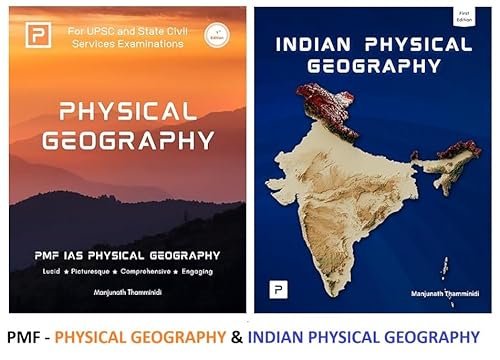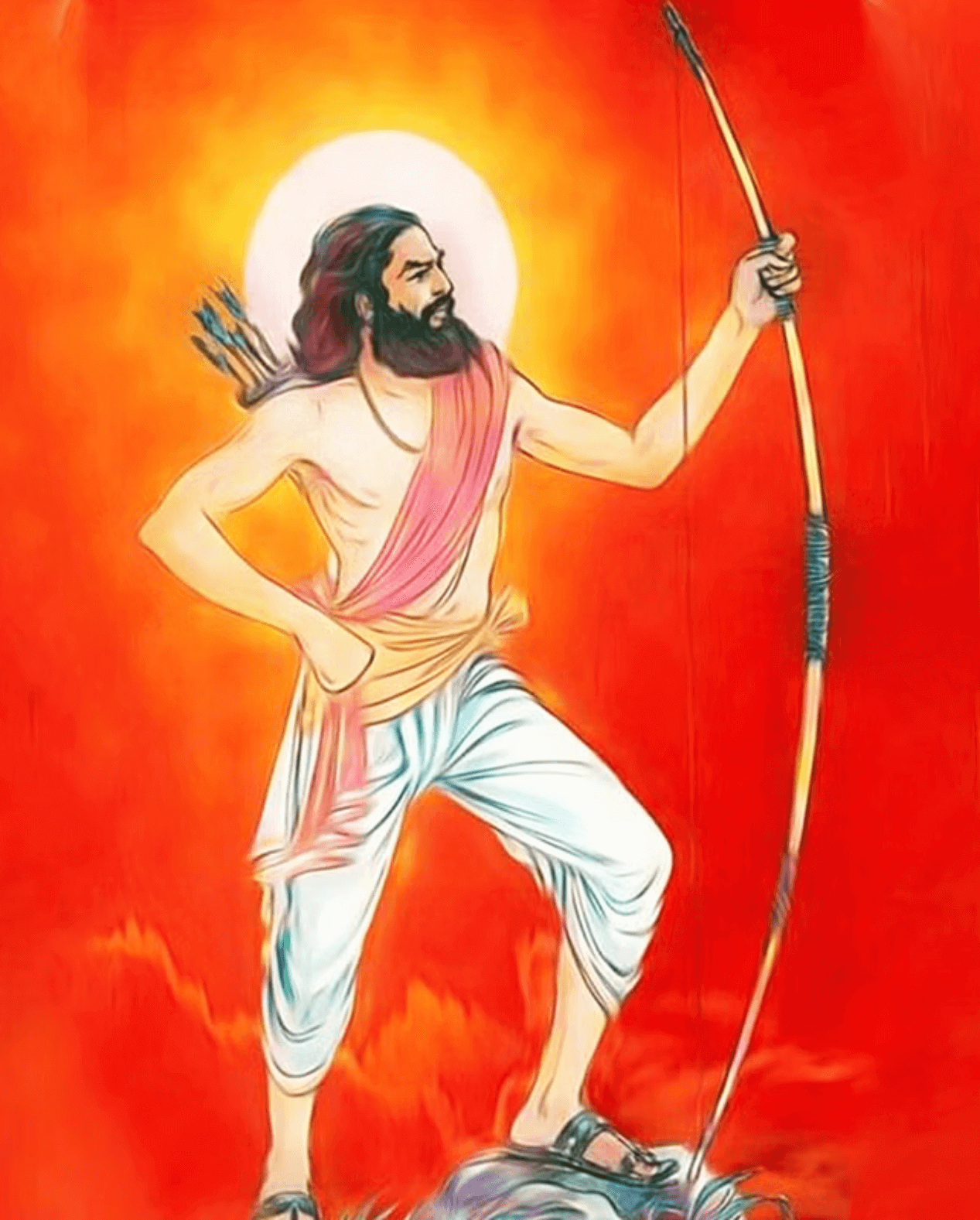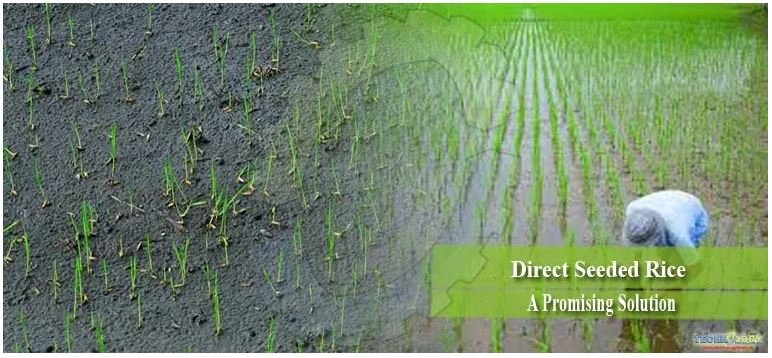
Dharma Chakra Parivartan Divas, Four Aspects of Dukkha and the Noble Eightfold Path
Subscribe to Never Miss an Important Update! Assured Discounts on New Products!
Must Join PMF IAS Telegram Channel & PMF IAS History Telegram Channel
Dharma Chakra Parivartan Divas
- Context (PIB): During Dharma Chakra Pravartana Divas celebrations, the President of India emphasised the significance of Lord Buddha’s Three Teachings: Sheel, Sadhachar, and Pragya.
- Ministry of Culture, in partnership with International Buddhist Confederation (IBC), celebrated Asadha Poornima as Dharma Chakra Day.
- The auspicious day of Asadha Poornima falls on the first full moon day of the month of Asadha as per the Indian sun calendar.
- It is the second most sacred day for Buddhists after the Buddha Poornima or Vesak.
- On this day, at Deer Park (Ṛiṣipatana) at Sarnath, near Varanasi, Buddha delivered his first teaching to his initial five ascetic disciples (pañcavargika) following his attainment of Enlightenment.
- This significant discourse, known as the Dhamma Cakka Pavattana Sutta (in Pali) or Dharma chakra Pravartana Sutra (in Sanskrit), is referred to as the First Turning of the Wheels of Dharma.
- It encompasses the profound teachings of the Four Noble Truths and the Noble Eightfold Path.
- Coinciding with this day, the Rainy Season retreat (Varsha Vassa) for Monks and Nuns commences, lasting for three lunar months from July to October in which practitioners remain in temples (Viharas/Chaityas), dedicated to deepening their practice through intensive meditation.
Guru Purnima
|
Four Aspects of Dukkha and the Noble Eightfold Path
1) Dukkha (Suffering or Not Being at Ease)
- Dukkha is an inherent characteristic of existence in the realm of samsara (world).
- It can be understood as a state of unease or suffering.
2) Samudaya (Origin and Cause)
- Samudaya refers to the simultaneous arising of dukkha and taṇhā.
- Taṇhā represents craving, desire, or attachment.
- Taṇhā is often interpreted as the cause of physical and emotional suffering.
3) Nirodha (Cessation and Ending)
- Nirodha signifies the cessation or containment of dukkha.
- Dukkha can be ended or confined through renouncement or letting go of taṇhā.
4) Marga (Path: Noble Eightfold Path)
- The Noble Eightfold Path is a set of eight principles guiding individuals towards liberation from suffering (containment of taṇhā and dukkha). The eight principles are:
- Right View: Understanding the nature of existence, the Four Noble Truths, and the law of cause and effect (karma).
- Right Intention: Cultivating wholesome intentions and attitudes, such as renunciation, goodwill, and harmlessness.
- Right Speech: Practicing truthful, kind, and beneficial speech while abstaining from false, harmful, or divisive speech.
- Right Action: Engaging in ethical behaviour by refraining from harming others, stealing, and engaging in sexual misconduct.
- Right Livelihood: Choosing an occupation or means of livelihood that is honest, non-exploitative, and aligned with the principles of Buddhism.
- Right Effort: Making diligent and persistent efforts to cultivate wholesome qualities, abandon unwholesome tendencies, and maintain a balanced state of mind.
- Right Mindfulness: Developing moment-to-moment awareness of one’s body, feelings, thoughts, and phenomena with non-judgmental and non-reactive attention.
- Right Concentration: Cultivating an undistracted state of mind through meditation.





![PMF IAS Environment for UPSC 2022-23 [paperback] PMF IAS [Nov 30, 2021]…](https://pmfias.b-cdn.net/wp-content/uploads/2024/04/pmfiasenvironmentforupsc2022-23paperbackpmfiasnov302021.jpg)











